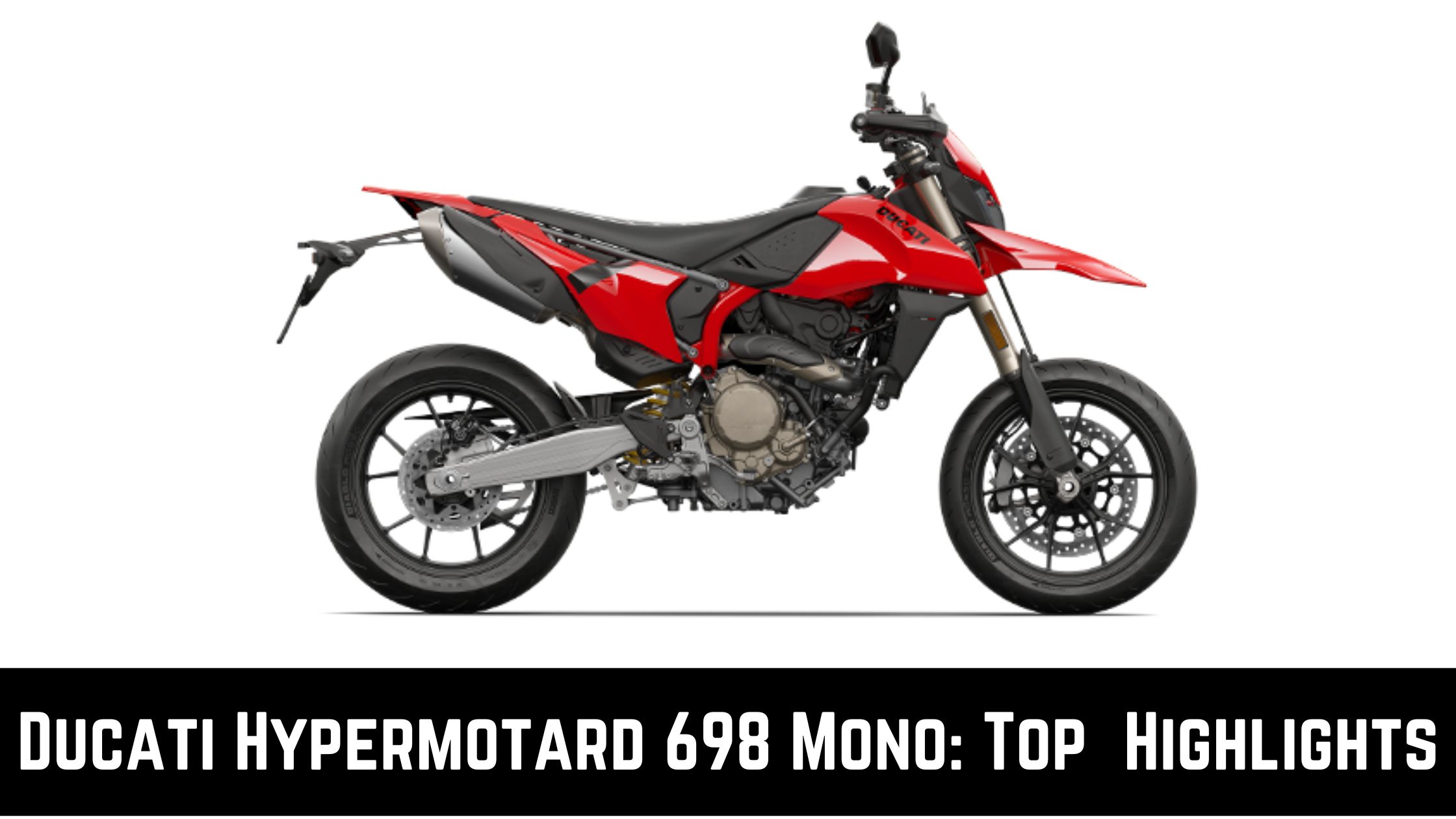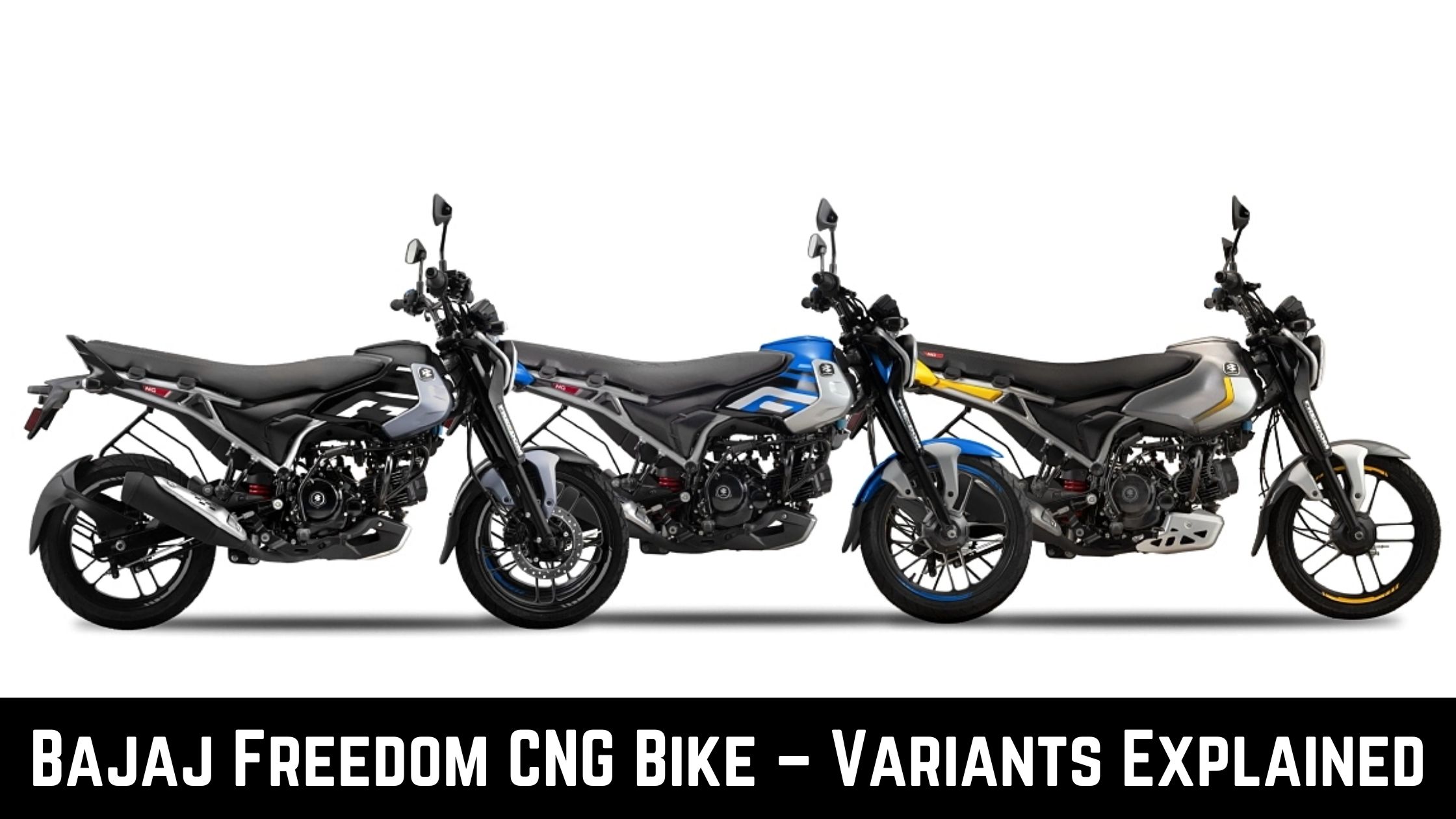
Whether the motorcycle has drum or disc brakes, stopping is a top priority because both braking systems are crucial for lowering the vehicle’s speed. Thus, vehicles such as super bikes and sports bikes primarily need strong braking systems. The brakes operate according to an energy-type algorithm that creates friction about energy. The standard brake system is what many bike companies utilize to improve stopping performance. There are four types of brakes in motorcycles.
4 Types Of Brakes In Motorcycles
The braking system is divided into several categories, including an anti-lock braking system (ABS), drum brake, combined braking system, and disc brake.
1. Combined Braking System
The combined braking system is a superior braking system that offers smooth braking performance and dynamic mobility. The integrated braking system functions effectively to ensure safe and comfortable braking. When the rear brake is applied quickly, pressure is created at both the front and rear wheels to slow the car down.
Honda bikes and scooters feature the Combined Braking System (CBS), a cutting-edge braking mechanism. The integrated brake system, or combined braking system, produces braking force in the front brake. A pressure control valve (PCV) has been fitted to the back hydraulic brake, while a delay valve has been added to the front brake caliper.
Let’s have a look at how Combined Braking System works?
When the rear brake is applied, hydraulic pressure is applied to the PCV and delay valve. This pressure is sent to the PCV and activates the rear brake. The hydraulic pressure rises as you forcefully apply the rear brake, the delay valve opens, and the front brake engages.
2. Drum Brake
The drum brake is a common braking system used on many commuter bikes and scooters. The drum brake features a piston and two semicircular brake shoes housed in a drum inside the wheel hub. When the front and rear brakes are applied, the piston pulls the brake shoes up against the drum. The drum brakes provide responsive stopping on any surface if you ride the motorcycle at over 50 to 55 KM/H.
3. Disc Brake
As the disc brake becomes the rider’s first preference in a motorbike, the demand for disc brakes in motorcycles rises quickly with each passing day. In addition, more manufacturers of two-wheeled vehicles are incorporating disc brakes into their new bikes and scooters. Most modern classic motorcycles feature disc brakes on both ends, and some even have them on the front wheel. Single-piston caliper and double-piston caliper disc brakes fall into two categories. The disc brake delivers strong stopping power.
TIPS FOR SAFE BRAKING – If your motorcycle has a front disc brake, you should use the front brake gradually while also applying the rear drum brake to slow it down. Pressing the disc brake abruptly above 70 KMPH may result in an accident or loss of control. The disc brakes in the front and rear guarantee skid-free braking.
4. Anti-Lock Braking System
On slick or wet roads, stopping a motorcycle can be exceedingly difficult. The anti-lock braking system was initially developed for four-wheelers, but it is now a crucial component of motorcycle safety. All major manufacturers now offer ABS to improve the braking system’s effectiveness on two-wheelers. Innovative technology known as the anti-lock braking system enables the wheel to keep tractive contact with any road surface. When stopping forcefully, the ABS braking system is designed to prevent the wheel from seizing.
TIPS FOR SAFE BRAKING – Using an electronic anti-lock braking system instead of a conventional one will shorten the stopping distance. The anti-lock braking system offers quick braking on any road surface without skidding or traction.



